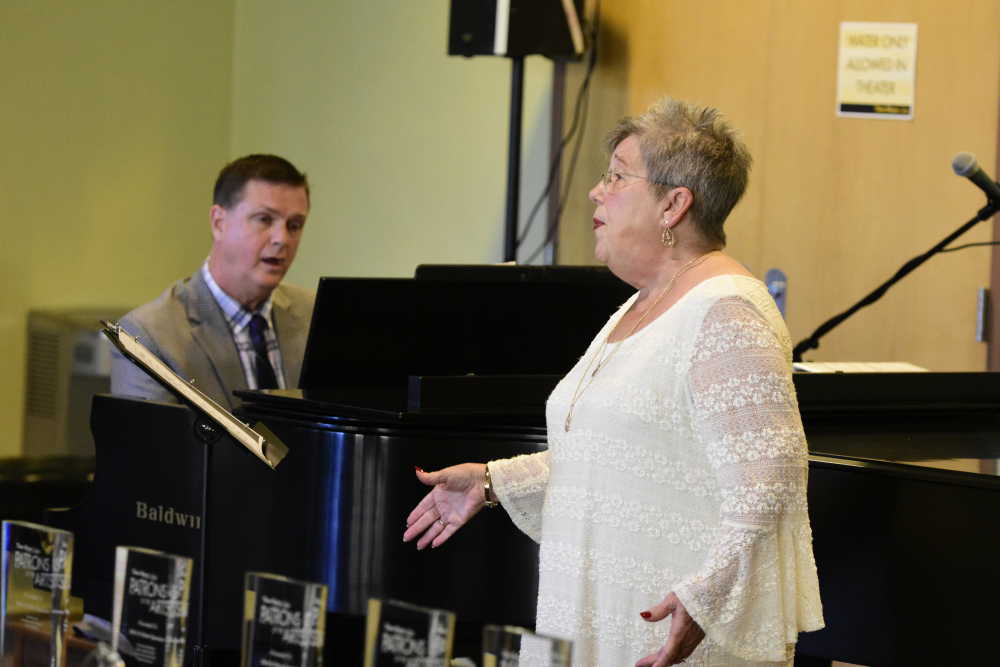The inclusion of arts education benefits all involved

Arts education is one that has seen a decent amount of criticism over the years, mostly in regards to whether it’s an area worth putting money into.
However, that is not a concern here in Poplar Bluff. Through programs such as Patron of the Arts at Three Rivers College, the arts can play a role not only in the education of our youth, but also in Poplar Bluff’s cultural identity.
First, for the students who participate in the arts, it can serve as a creative outlet. Whether it’s performing arts such as theater and dance or fine arts such as painting, sculpting or writing, the release of emotions that comes with the works can help with conditions such as depression and anxiety.
“Art therapy is used with children, adolescents, adults, older adults, groups, families, veterans, and people with chronic health issues to assess and treat the following: anxiety, depression, and other mental and emotional problems; substance abuse and addictions; family and relationship issues; abuse and domestic violence; social and emotional difficulties related to disability and illness; trauma and loss; physical, cognitive, and neurological problems; and psychosocial difficulties related to medical illness.” (American Art Therapy Association, 2012, Online)
The fad a few years ago with adult coloring books didn’t come out of nowhere or a generational need to escape back into the simpler time of childhood, but rather from the recognition that art — even the act of coloring inside the lines — can reduce stress.
For artists in school, participation in the arts has been linked to lower drop out rates, high test scores and overall engagement in school.
These shouldn’t come as a surprise to anybody who remembers the 1970s Saturday morning program “Schoolhouse Rock,” which covered topics from multiplication to grammar, human anatomy to U.S. government, all to the tune of musical notes that still get stuck in the heads of those who heard them growing up. Shows such as “Sesame Street” and “Dora the Explorer” still teach topics about the world through the use of song. These programs wouldn’t have become such staples to multiple generations if there wasn’t a unique benefit behind them.
However, arts education doesn’t just benefit the students who are part of these programs. There’s a benefit to the community as a whole as well by sharing cultural works.
Take “Beauty and the Beast” for instance, the first production in the lineup for the Tinnin Center this year. While there are life lessons to be taken from the show about not judging outer beauty, it also teaches history and French.
Period costuming and set design serve as a glance into France during the 18th century. Meanwhile, language choice, primarily with the touches of French, have helped to add the terms to people’s vocabulary.
“The Nutcracker,” another production in this year’s lineup, is considered one of the great on-stage classics. Along with telling a Christmas story, it and many other ballet productions can teach the importance of non-verbal communication.
Margaret Harwell Art Museum also holds monthly shows with a variety of painters, sculptors and other artists featured.
Through productions and art showcases, our community and our students grow stronger with a greater understanding of the world outside of Poplar Bluff.
— Daily American Republic
